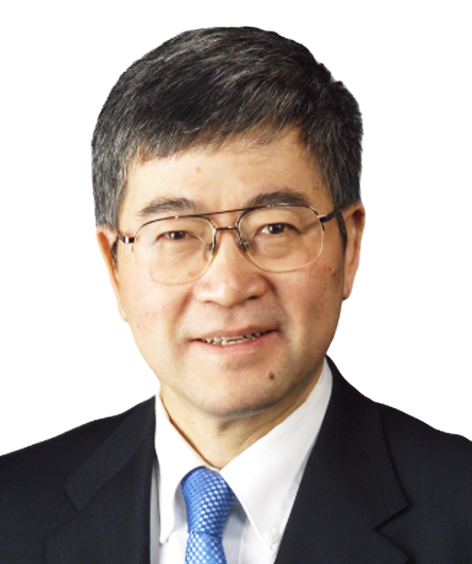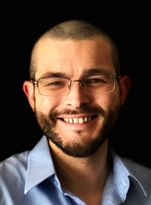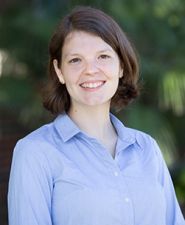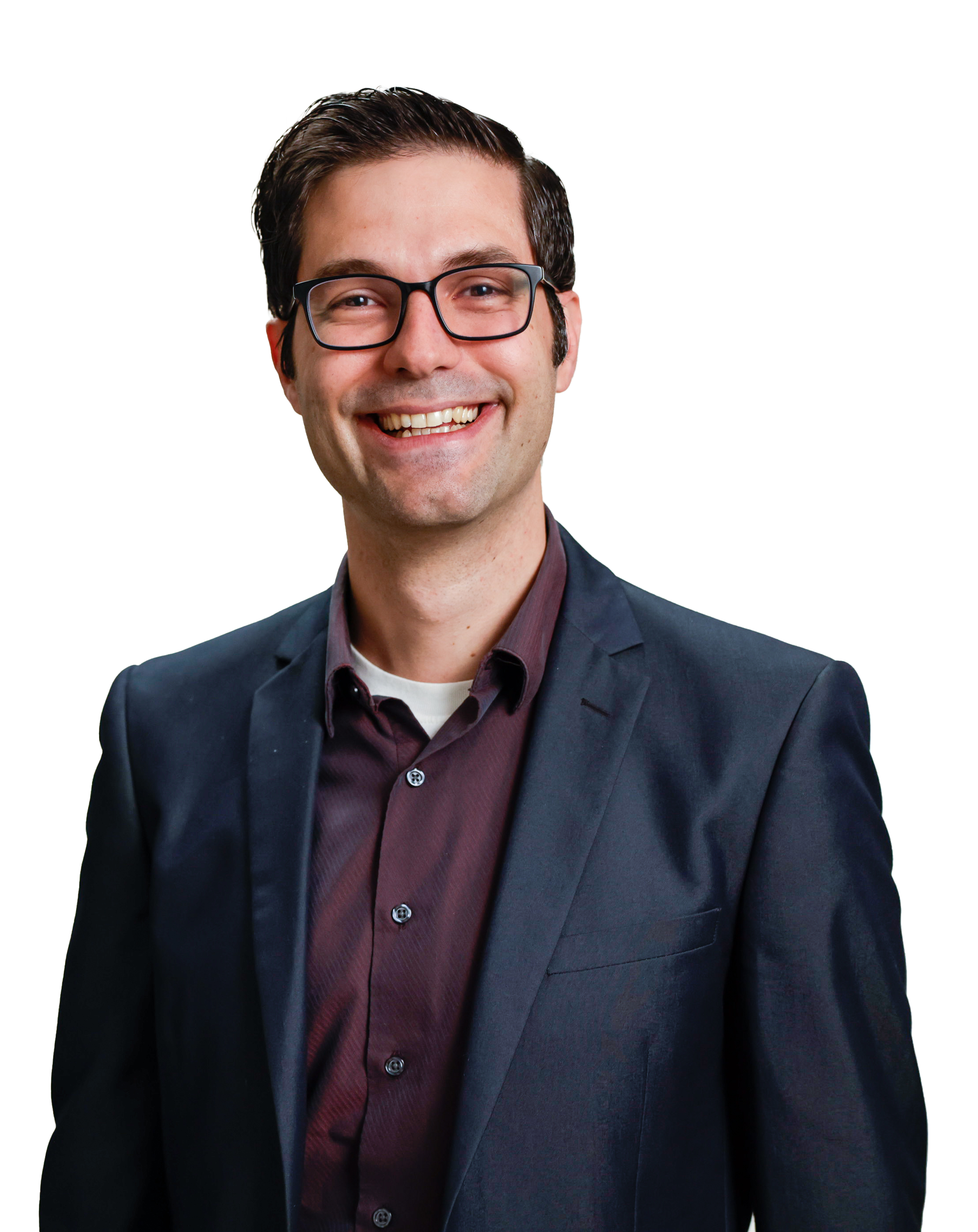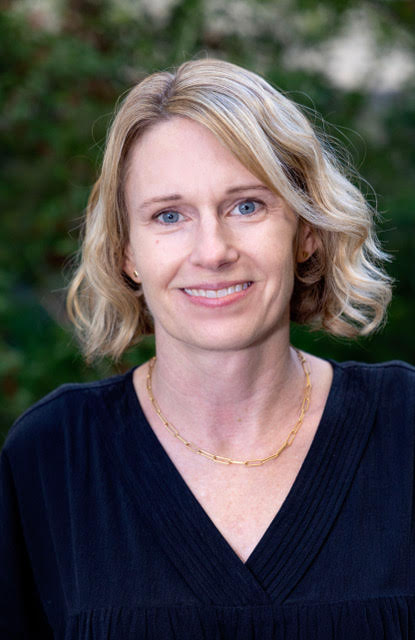
Planetary Science
3D Submicron Porosity in Meteorites: A Noble (Gas) Pursuit or a Fool’s Errand?
Dr Romy Hanna, The University of Texas at Austin
Dr. Romy Hanna is a Research Scientist at the University of Texas High-Resolution X-ray CT Facility (UTCT) in Austin. Her research on primitive carbonaceous chondrite meteorites and asteroids aims to build a more complete picture of the formation conditions of this material in the early solar nebula...
Dr. Romy Hanna is a Research Scientist at the University of Texas High-Resolution X-ray CT Facility (UTCT) in Austin. Her research on primitive carbonaceous chondrite meteorites and asteroids aims to build a more complete picture of the formation conditions of this material in the early solar nebula, how it accreted from the chondrite parent bodies, and how it has been modified by secondary processes on these asteroids. She uses a variety of analytical techniques to address these questions including electron microbeam [including electron backscatter diffraction (EBSD)], X-ray computed tomography (XCT), and visible to near infrared (VISNIR) and thermal infrared (TIR) spectroscopy, often combining these techniques in novel ways. Recent projects include using pressurize noble gas with XCT to examine porosity and EBSD to map micron-sized grain alignment in fine-grained chondrites. She is a Participating Scientist on NASA’s OSIRIS-REx mission, on the sample return mission to near-Earth carbonaceous asteroid Bennu, and the PI of the NASA Planetary Science Enabling Facility grant to UTCT, which partially supports NASA PSD-funded researchers to use XCT for their research. She is also working to bring miniaturized XCT into space with a variety of landed mission concepts and instrument development efforts.

